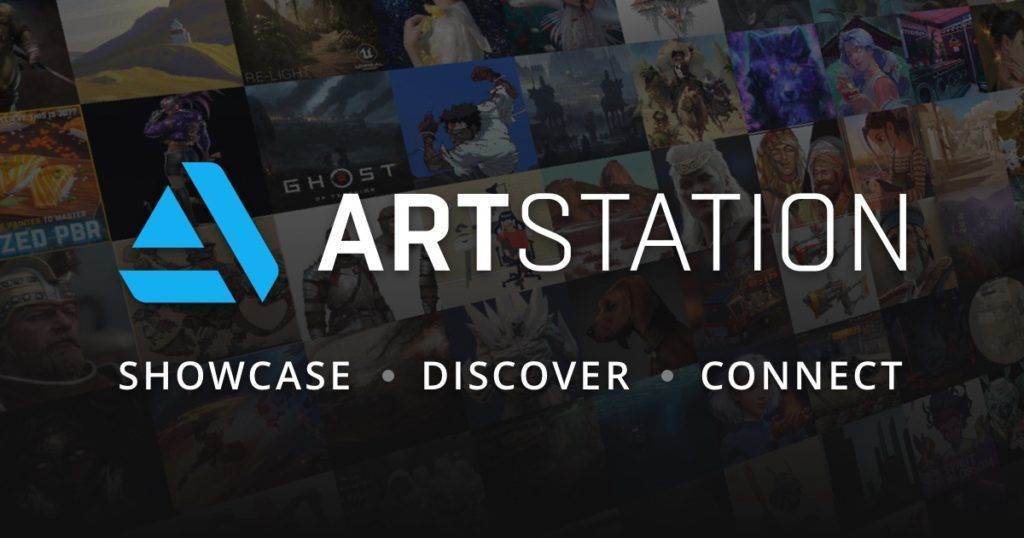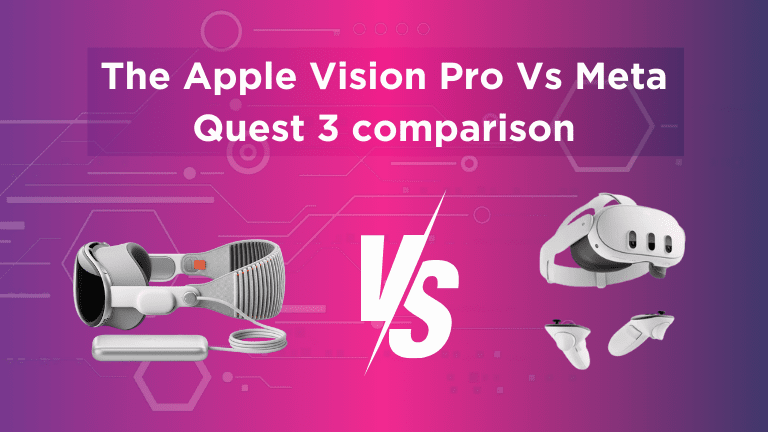Very few things are more important to a 3D Artist than the right portfolio.
Whether you’re an aspiring 3D artist, Real-Time Artist, Environment Artist, Character Animator or 3D Generalist, your portfolio is how you prove to potential employers you’ve got what it takes to deliver the right results!
A strong portfolio could earn you the virtual production job of your dreams. It could also give you a head-start on nabbing high-paying roles in the emerging Metaverse.
The only problem? Most 3D Artists have no idea what to include in their 3D Art portfolios.
Fortunately, we’re on hand to give you the top tips on how to create the perfect 3D Artist portfolio…let’s get designing!
Portfolio Basics: An Introduction
First things first, the first thing you should know about 3D artist portfolios is that every creative needs one. It doesn’t matter if you’re just experimenting in the industry or pursuing a full-time permanent or contract 3D Artist job. The earlier you start building your portfolio, the better.
A portfolio is an essential part of your professional brand and is even more important than your resume. Having a high-quality portfolio to view online could mean the companies you want to work for approach you. This is instead of spending months searching for the right role.
Before you dive into creating your portfolio, make sure you have the following:
- Portfolio website creation tool: There are many options to choose from. Most Artists love Squarespace because it’s so flexible, but you can also consider Wix or Duda for ease of use. Many site builders also come with free demos to help you test it out and see what you feel most comfortable with.
- Specialist Artist platform – Again, there are quite a few options. Artstation is probably the most widely used platform by Artists who have an interest in the film, entertainment, immersive or gaming industry to showcase their artwork and showreels.

- Examples of your work: Probably the most obvious thing you’ll need for a 3D Artist portfolio is examples of your work. Projects you’ve worked on for clients are ideal, as they boost your credibility (particularly when paired with case studies). Due to the high levels of industry NDA’s, this isn’t always possible; however, you can also showcase your own unpaid projects.
- A clear vision: Think about how you’re going to display your work and format your portfolio. There’s no one-size-fits-all here, but it can help to check out some examples from other Designers and Artists for inspiration. Here are some options:
How to create your perfect 3D Artist portfolio?
Now you’ve got all the tools you need to start building your 3D Artist portfolio; the next step is to start work on your image.
As mentioned, getting some inspiration from other professionals in the same space can be helpful here. If you know some of the 3D Artists working for companies you’d like to work for, consider researching their portfolios. This will give you a good idea of the kind of work that attracts your intended client, or employer.
Here are some more quick tips to get you on the right path.
The Art Always Comes First
As tempting as it might be to start your page with a hefty introduction, remember a 3D Artist portfolio is about displaying your work.
You can put an “About” section at the bottom of the page or create a dedicated page for providing this. However, your art should be the primary focus as soon as someone arrives on your portfolio.
It’s best to put your most recent works at the top of the page. These will usually be your best, most current designs, capable of showing what you can do at that time.
Always Choose Quality over Quantity
Most of the best examples of 3D portfolios are packed full of various different examples of amazing work. While more examples can make you look more experienced, it’s crucial to prioritize quality over quantity.
Don’t just showcase every project because you want to fill space. Highlighting one or two amazing projects is much better than demonstrating a bunch of mediocre content. Your portfolio should include only your best work at any given moment.
Since your capabilities will evolve over time, it’s also worth regularly going back to your portfolio and removing anything outdated. If you have many examples to show, think about the kind of work you’re currently trying to attract.
Showing examples of work similar to what you’d like to do in the future means you’re more likely to attract the right employer.
Give Context Where You Can
A portfolio shouldn’t be too cluttered with information. The first page your audience sees should immediately introduce all of your best work. However, there’s a good chance once someone sees your work, they’ll want to learn more about it.
Provide an option for your viewers to click on your projects and learn more about them. This might mean using animation to load up information about a piece of 3D art you created. And why you chose a particular style or used specific products.
When giving context, remember to provide as much information as possible that may be valuable to your audience. You might want to highlight what kind of 3D art software you used (Maya, Substance Painter, Adobe etc) and what you were trying to accomplish with the piece or what the “goal” was.
Sharing examples of work you did for a client, including some quotes, testimonials, or statements about what you achieved, can help sell your skills.
Show how it was done
In many instances, a potential hirer will want to see how you produced your artwork. The creative process you’ve followed is equally as important as the end result. It will also provide a great overview of where you’re skilled and highlight any areas for development. Show wireframes and any other aspects such as assets

Share Results
A 3D Artist portfolio is an excellent opportunity to share information with a possible employer about what they can expect to achieve. Using this space, you’ll be able to demonstrate your knowledge and skill with fundamental concepts, like the use of light and perspective.
However, you’ll also need to show your ability to deliver specific results for specific goals. Explore how your 3D models helped the latest company you worked with achieve better results with their VR program or application.
Discuss what you needed to consider when creating your pieces. This includes challenges you overcame and how you made important decisions for your design.
Make It Easy to Navigate
Remember that anyone visiting your portfolio is still a “user” in search of an excellent “user experience” at the end of the day.
Just as an employer would immediately discard a job application they couldn’t easily read – your potential clients will ignore your portfolio if it’s not easy to navigate.
Consider the essential principles of good UX design and make sure people can quickly move through your work without getting confused or overwhelmed.
Make your Portfolio Shine
Creating the perfect 3D Artist portfolio might just be one of the tools in your kit as a 3D Artist searching for new opportunities. It’s one of the most valuable resources you have.
Follow the tips above, and remember to keep your portfolio up-to-date as you learn more about the kind of roles you’re trying to apply for, and develop new skills.




